Ground Improvement
Premium Quality Ground Improvement Services
PCI and its design partners led the charge in growing the ground improvement market as we know it today.
After earning his Ph.D. from Iowa State, Dr. Nathaniel Fox gathered several colleagues together and started to discuss a new concept: Rammed Aggregate Piers®. Working in a small test yard in Iowa, Dr. Fox came up with a viable Rammed Aggregate Pier® ground improvement system. Dr. Fox and his colleagues went on to collectively grow the companies Geopier®, Peterson Contractors Inc., and Ground Improvement Engineering, Inc. by successfully designing and installing innovative ground improvement solutions.
PCI has been there from the beginning and has played a significant role in the revolution of the ground improvement industry. What started as one simple aggregate pier system in 1989 has expanded into a suite of ground improvement solutions, including modern aggregate piers and rigid inclusions, as well as slope stability and railroad track support products. PCI plays a leading role in developing much of the tooling to install these specialty design-build solutions through their robust research and development program.
PCI continues to apply its construction expertise to a wide range of ground improvement design-build solutions.
PCI has installed Geopier ground improvement technologies on over 10,000 projects throughout the United States.
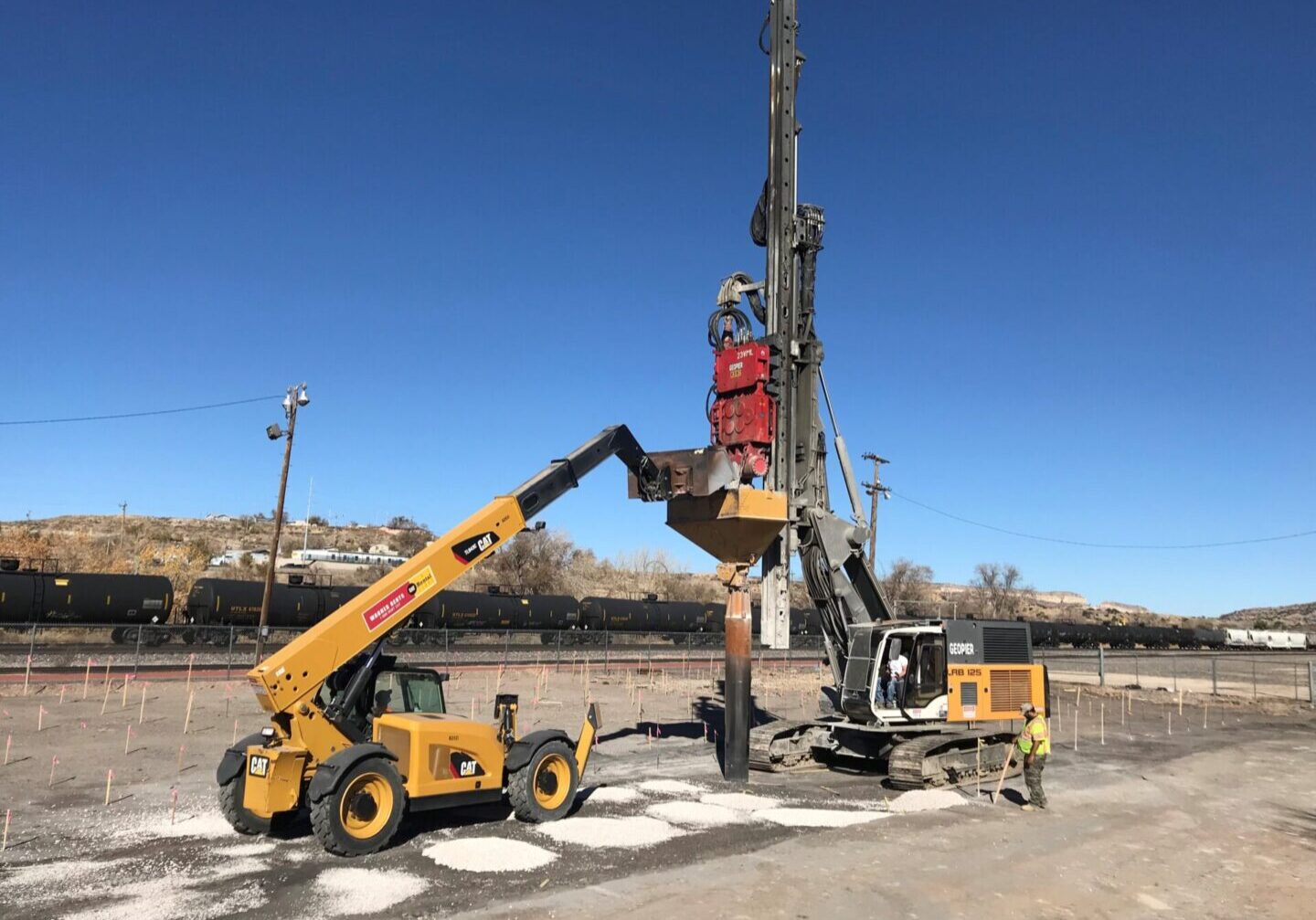
Geopier Rammed Aggregate Pier® Solutions
Geopier Rammed Aggregate Pier® (RAP) systems are ground improvement technologies that create a densified column of aggregate surrounded by a stiffened matrix soil. Rammed Aggregate Piers are a versatile ground improvement solution designed to reinforce poor soils through the use of patented mandrels. These systems are ideal for nearly all soil types and applications. Rammed Aggregate Pier elements can be installed using “drill and fill” techniques (ideal for non-caving soils such as silts and clays) and “displacement” techniques (ideal for caving or squeezing soils such as sands below the groundwater table and soft clays and silts). The end result is a stiffened mass of soil that provides improved bearing and excellent settlement control for support of spread footings and slabs-on-grade.
PCI installs five types of Geopier RAP systems: GP3®, Impact®, Densipact®, Rampact®, and X1®. Learn more about these systems here: Geopier.
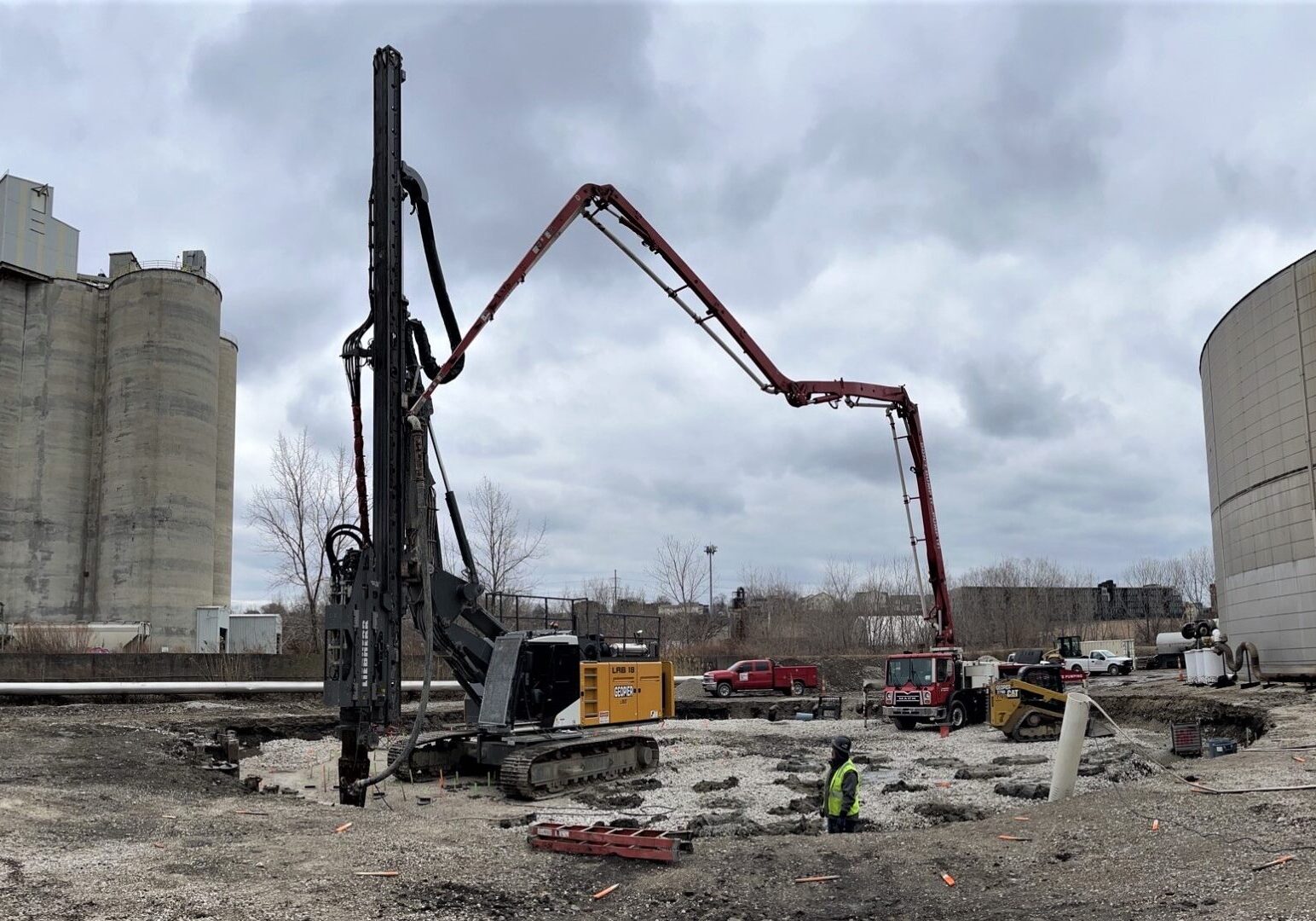
Geopier® Rigid Inclusion Systems
Geopier® rigid inclusion systems are ground improvement elements used to transfer loads through weak, compressible soils and into deeper competent bearing soils. These systems are ideal for settlement control of heavy structures underlain by thick deposits of compressible soils (organics, soft clays, and loose sands). They can also be used to limit settlement of highly sensitive structures and prevent settlement-related damage to existing structures and utilities. What sets rigid inclusions apart from deep foundations is that they are not structurally connected to the superstructure, which allows for foundations and slabs to be designed as conventional spread footings and slabs-on-grade.
PCI installs three types of Geopier rigid inclusion systems: Armorpact®, GeoConcrete® Column (GCC), and Grouted Impact®. Read more about these systems here: Geopier
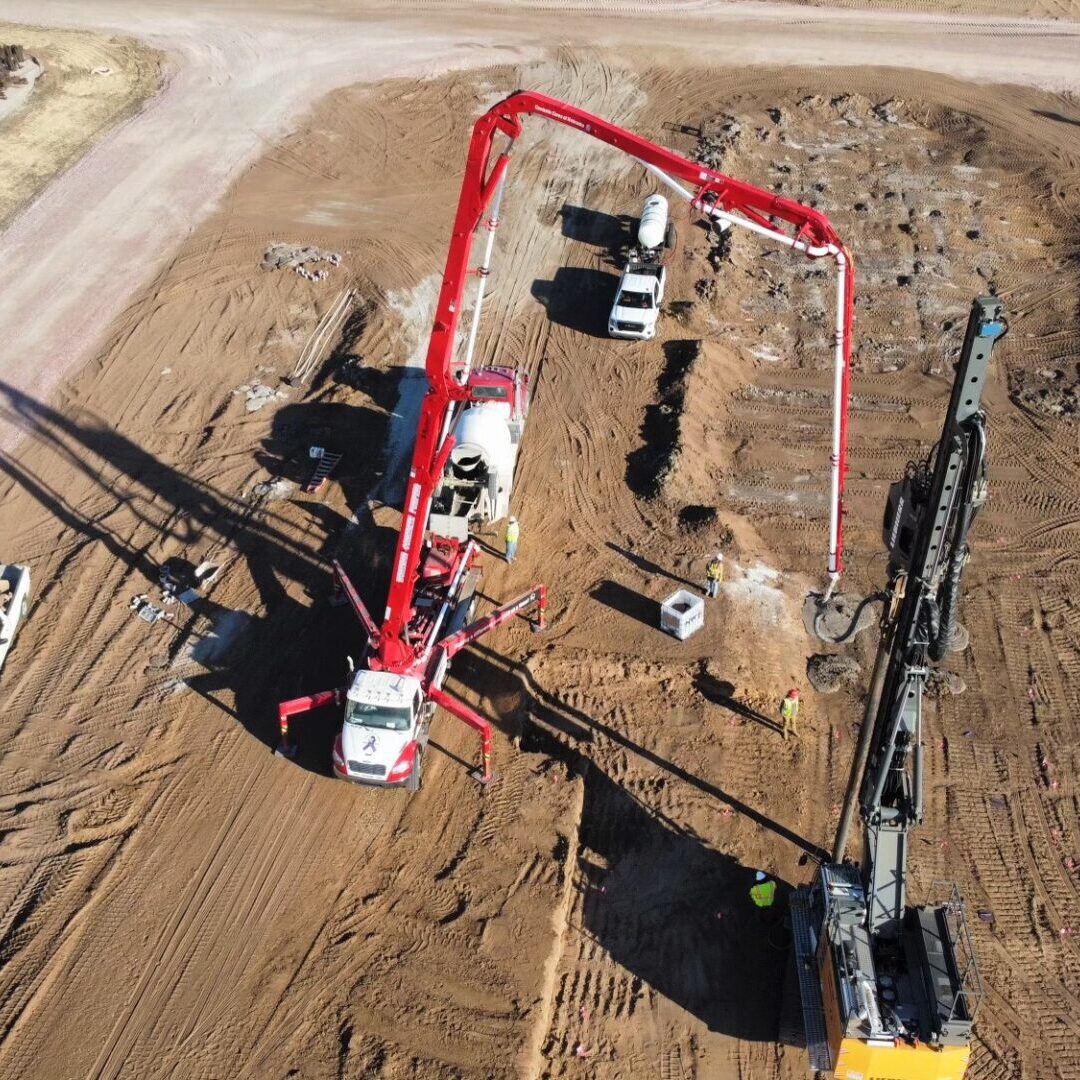
- Rammed Aggregate Piers
- Rigid Inclusions
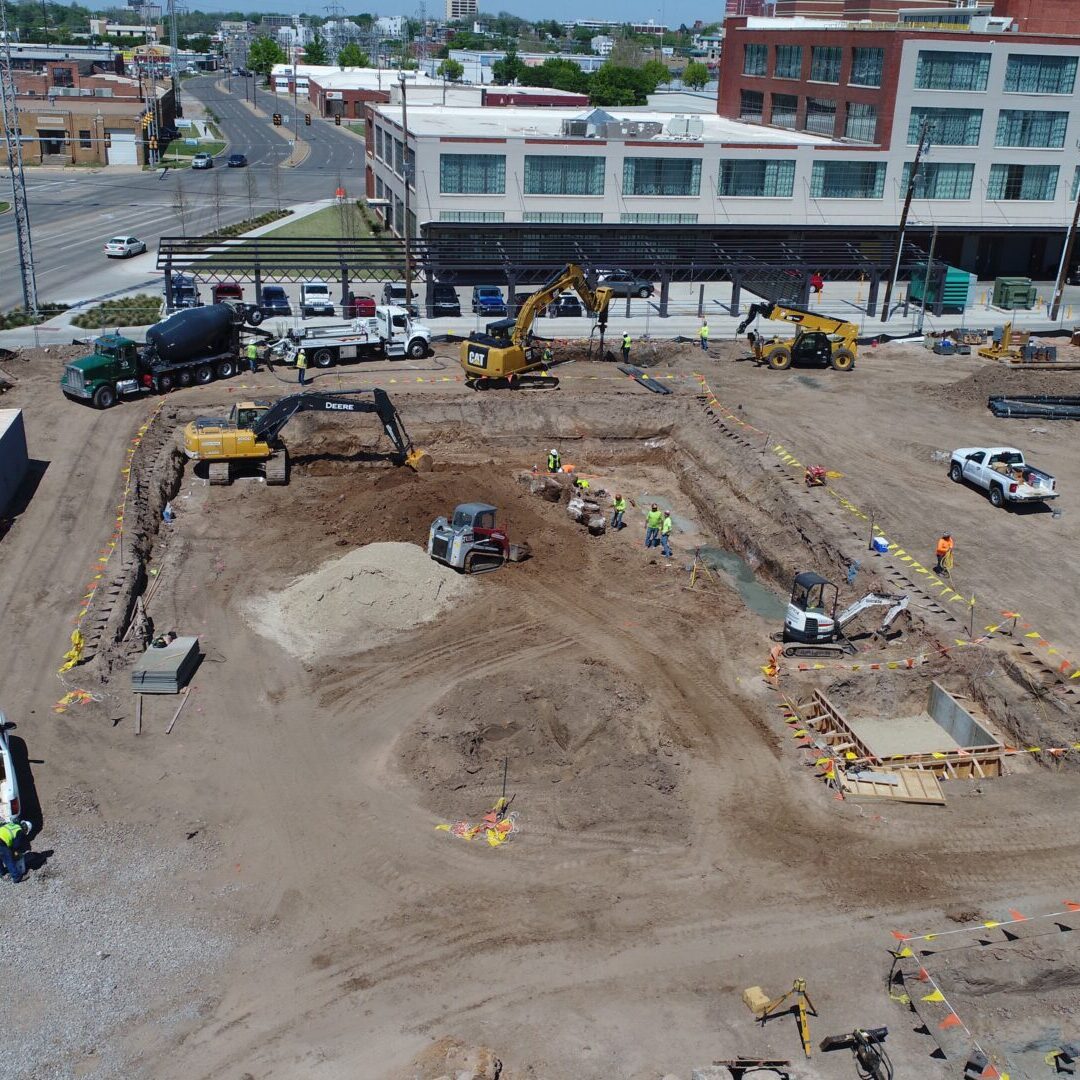
- Rammed Aggregate Piers
- Rigid Inclusions
- Ductile Iron Piles
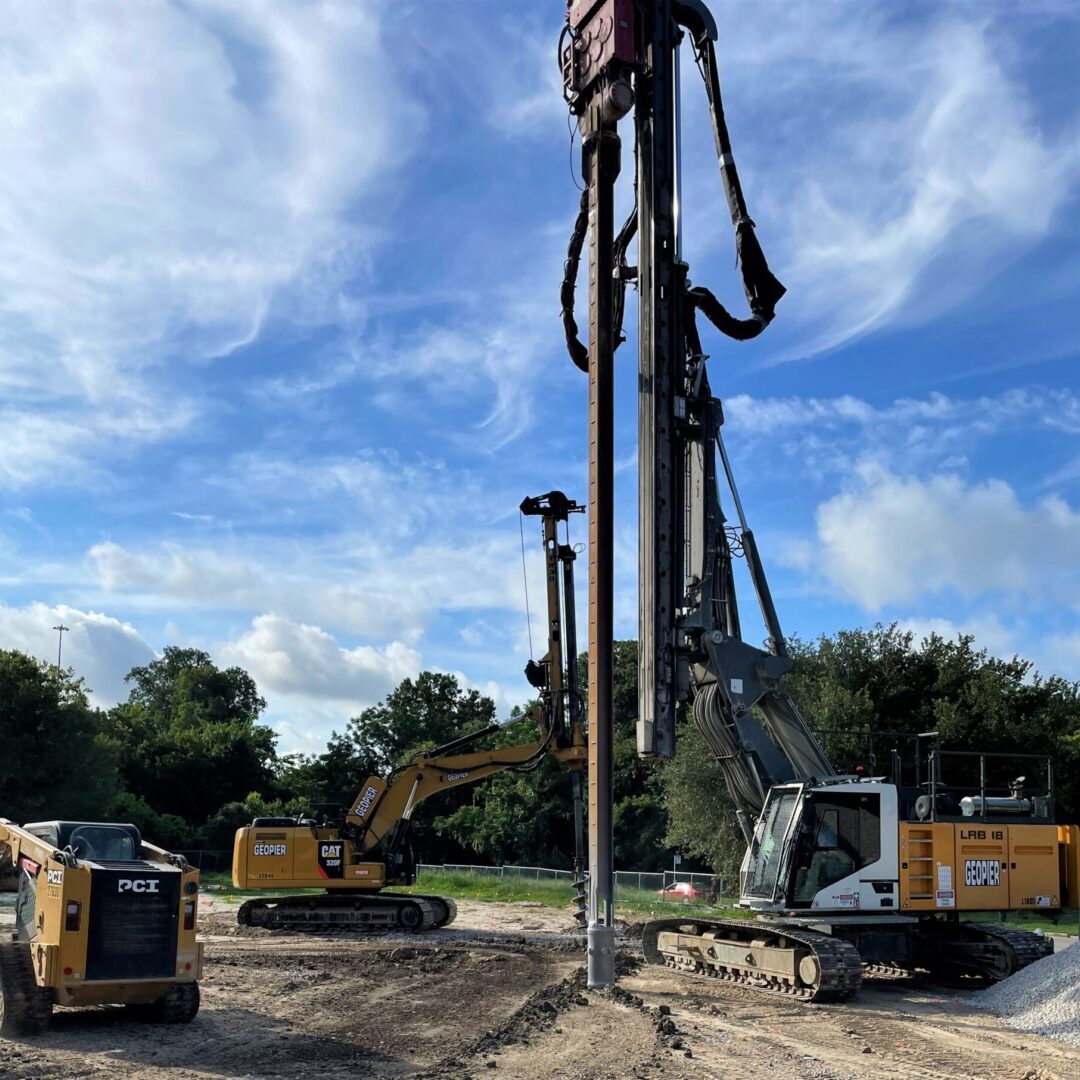
- Rammed Aggregate Piers
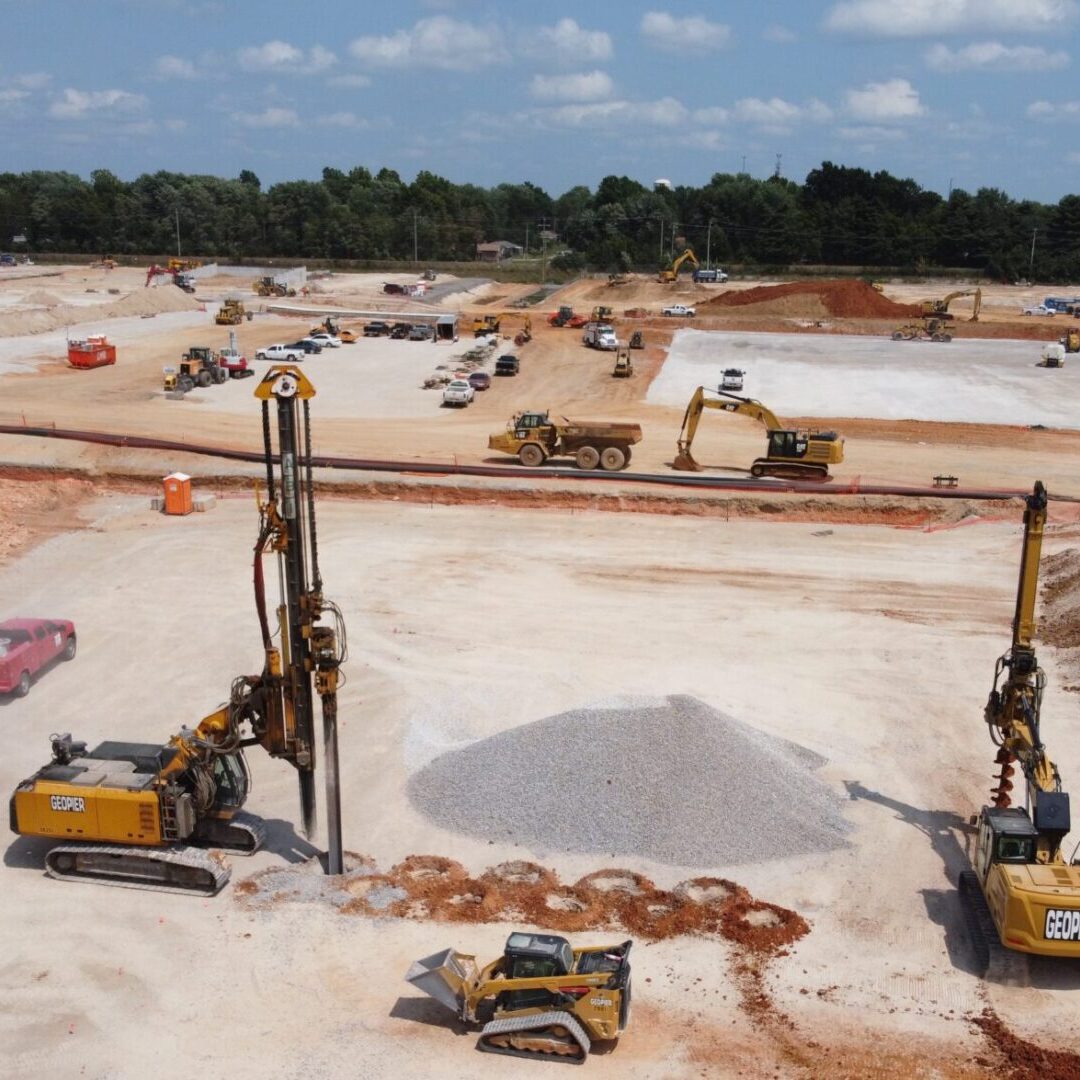
- Rammed Aggregate Piers
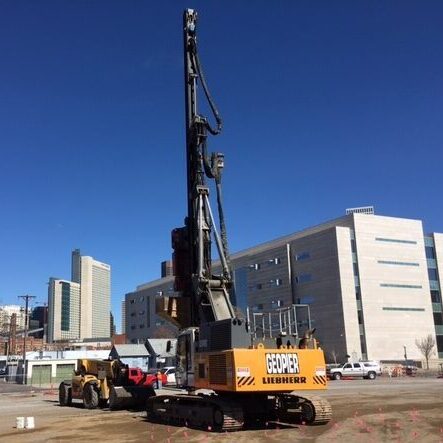
- Rammed Aggregate Piers
- Rigid Inclusions

- Rammed Aggregate Piers

- Rammed Aggregate Piers
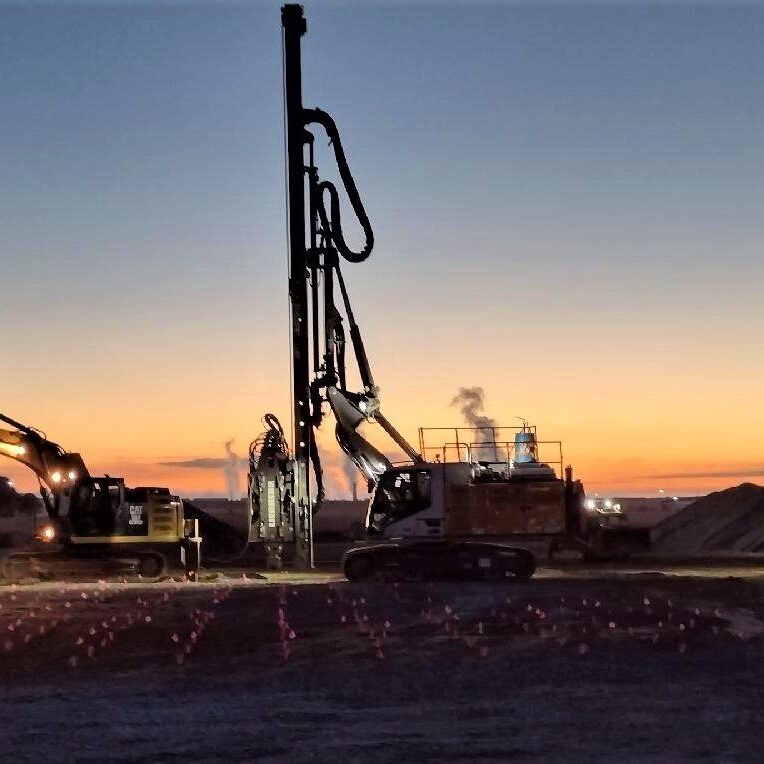
- Rammed Aggregate Piers
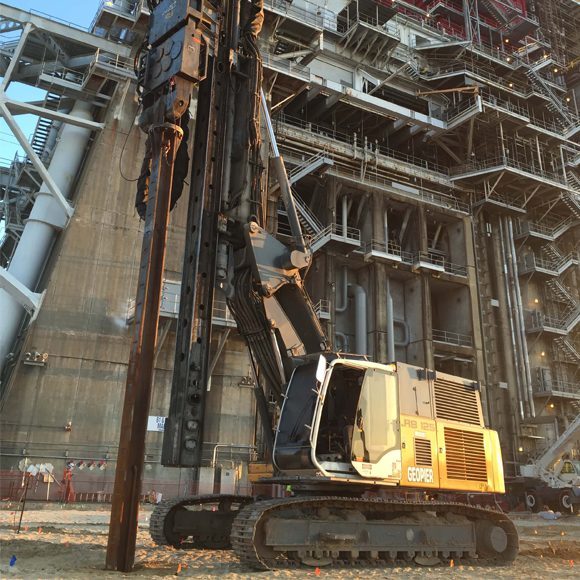
- Rammed Aggregate Piers
